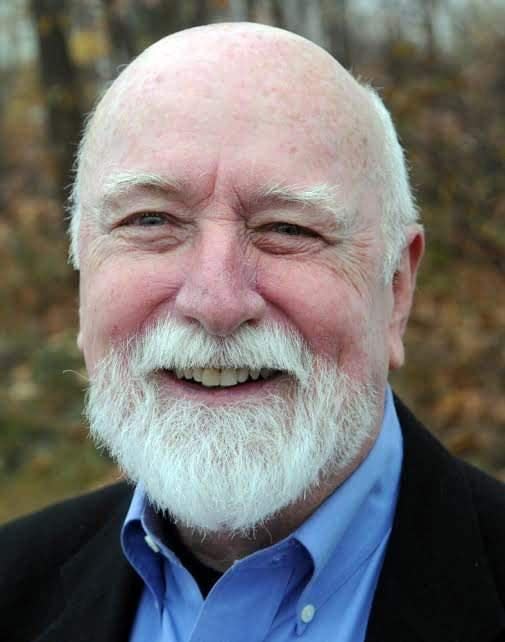The Observer: How to legally rig an election
There must be any number of ways to rig an election. We’ve been hearing about stolen elections here in the U.S. since at least 2020. Recently, similar claims were heard from Brazil following that country’s October presidential election. News stories about rigged elections (or at least claims about them) have become an international phenomenon.
Such claims following Brazil’s contentious election led to an uprising by extremist supporters of former president Jair Bolsonaro (dubbed “Trump of the Tropics”) who lost his bid for reelection last year. January 8, 2023, in Brasilia was reminiscent of January 6, 2021, in Washington. While their hero was on vacation in Florida, Bolsonaro’s followers spread the Portuguese version of Trump’s familiar Big Lie: “The election was rigged.”

How hard might it be to rig an election? Surely it is a far more difficult thing to do than simply to claim that an election was rigged. Claiming a fraudulent election requires nothing beyond an active imagination. Proving it requires evidence.
I suspect most people think election fraud involves the illegal manipulation of elections. What image comes to mind when you hear about election fraud? Dead people being impersonated by paid stooges to vote in their place?
Actors traveling from precinct to precinct to vote over and over again using fake identities? Partisan poll workers bringing in boxes of bogus ballots undercover? Common in thought; exceedingly rare in practice.
The Observer:The role of a lifetime
Another popular view of rigging involves manipulating voting machines to change results. Mistrust of voting machines that might discount or re-assign votes at the behest of companies in thrall to one party or another may be common. But evidence of these tactics — at least in the instance of our 2020 election — has yet to be presented; more than two years after the election.
Yet these sorts of blatantly illegal activities are what most people probably imagine when they think about election fraud. Claims of elections being stolen are easy for some people to embrace but in practice very hard to pull off.
One instance did make the news recently in New York state when Rensselaer County’s Republican elections board commissioner pled guilty to fraudulently obtaining and filing absentee ballots. Are there many other instances? I don’t think so.
In records going back 40 years, a database managed by the Heritage Foundation revealed only 1,402 “proven instances” of blatant voter fraud. The Brennan Center for Justice called the level of fraudulent voting identified in the database a “molecular fraction” of the billions of votes cast nationwide during the four decades included in the study (The Guardian- January 13, 2023). The rarity of election fraud, however, has not prevented some politicians from focusing on it.
The Observer:Six wishes for the new year
Another story that made headlines recently caught my attention because it involved police arresting two Florida men at gunpoint. Republican lawmakers in several states (including Florida) have created units charged with investigating voter fraud and rooting it out.
Such efforts are more political stunts than serious law enforcement. Typically, claims of widespread voter fraud are almost always themselves fraudulent.
There are, of course, effective — and legal — ways to influence elections. These ways are not done by stealth or by criminal action. They are done in plain sight, by duly elected officials acting within their authority. These types of strategies are much more common.
Here is how you legally rig an election: you manipulate the regulatory environment within which elections happen. You gerrymander districts so that the impact of legally registered voters is constrained — a strategy embraced by Republicans and Democrats alike in different states.
York in American HistoryThe men who built the Nubble and Boone Island Lighthouses
Gerrymandering can make collective votes from some constituents less effective than collective votes from others.Another strategy is to suppress voters’ rights so that voting itself becomes more difficult. This is done by mandating voter ID cards, by consolidating polling places so that some people have to travel great distances to vote. You do it by choking off the use of mail-in ballots and by shrinking the early voting period so that voters have less time to return their ballots. You make it hard for some voters to participate. These sorts of election rigs have been put in place by legal means in statehouses across the country.
“The election was stolen” is a claim powered by fantasies about corrupt voters, but it is rarely understood as the consequence of legislative action designed to control election outcomes. Such rigs do suggest election fraud — just not on the part of voters.
Ron McAllister is a sociologist and writer who lives in York.
This article originally appeared on Portsmouth Herald: The Observer: How to legally rig an election
